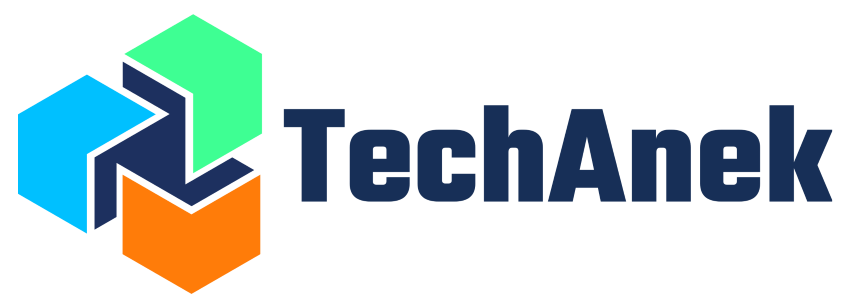- Written by:-
- Manav Kakani
- AI
- No Comments
In the fast growing field of artificial intelligence (AI), deploying models efficiently and at scale is critical to realize their full potential. Azure, Microsoft’s cloud computing service, provides strong solutions for AI model deployment that meet both worldwide standards and batch processing requirements. This article examines the key components of Azure AI model deployment, with an emphasis on global standards and batch processing.
Let’s dive in!
Why AI Model Deployment Matters
Successful AI model deployment requires a balance of performance, scalability, and cost-effectiveness. The appropriate deployment method can determine whether your AI-powered applications give quick, real-time insights or process huge amounts of data in the most effective way feasible.
Key Considerations for AI Deployment:
- Latency Requirements: Do you need real-time or batch predictions?
- Scalability Needs: Will the model handle fluctuating workloads?
- Cost Efficiency: Is continuous inference necessary, or can batch processing suffice?
- Business Use Cases: Does your application require immediate responses or bulk data processing?
Understanding these features helps organizations to deploy AI models in methods that maximize value while optimizing performance and costs.
Understanding Azure AI Model Deployment
Azure AI model deployment allows businesses to make trained models available for inference. Depending on the business plans, choosing between Global Standard and Global Batch is critical to ensuring maximum efficiency and scalability.
1. Global Standard Deployment - Real-Time AI Powerhouse
Global Standard is intended for applications that require high throughput and low latency. It uses Azure’s global infrastructure to efficiently route traffic, resulting in optimal performance across regions. This deployment type is appropriate for real-time applications requiring immediate replies.
Key Features:
- Supports low-latency predictions.
- Scales dynamically based on demand.
- Can be integrated with applications requiring real-time response.
- Supports auto-scaling and high availability
- REST API-enabled for seamless integration
Best Use Cases:
- Chatbots and Virtual Assistants
- Fraud Detection in Financial Transactions
- Personalized Recommendation Systems
- Real-Time Anomaly Detection
SKU name in code: GlobalStandard
2. Global Batch Deployment - Optimized for Bulk Processing
Global batch is designed to handle large-scale and high-volume processing tasks efficiently. Process asynchronous groups of requests with separate quota, with 24-hour target turnaround, at 50% less cost than global standard. With batch processing, rather than send one request at a time you send a large number of requests in a single file. Global batch requests have a separate enqueued token quota avoiding any disruption of your online workloads.
Key Features:
- Handles large volumes of data efficiently
- Works asynchronously, processing jobs in batches
- More cost-effective for use cases where real-time predictions are unnecessary
- Integrates seamlessly with Azure Storage, Azure Data Factory, and Azure Synapse Analytics
- Supports scheduled and on-demand execution
Best Use Cases:
- Predictive Maintenance in Industrial Applications
- Image Processing and Classification in Bulk
- Sentiment Analysis on Large Datasets
- Periodic Risk Assessment in Finance
SKU name in code: GlobalBatch
Choosing the Right Deployment Strategy
Selecting the best deployment model depends on specific business needs. Below is a comparison to help guide your decision:
| 📌 Criteria | 🌍 Global Standard | 📦 Global Batch |
|---|---|---|
| Latency | Low (real-time) | High (batch processing) |
| Scalability | Auto-scaled | Scheduled and workload-based |
| Cost | Higher for continuous inference | Lower, as resources are used only during batch runs |
| Use Case | Interactive applications | Bulk processing |
Pro Tip: If application requires instant responses, Global Standard is the best choice. However, if the process large datasets at scheduled intervals, Global Batch provides a cost-effective alternative.
Conclusion
Azure AI’s Global Standard and Global Batch deployments provide adaptable solutions for a variety of AI applications. Understanding the strengths and use cases of each deployment option allows you to improve your AI infrastructure’s performance, cost, and scalability. Whether you want real-time response or cost-effective batch processing, Azure AI has the ability to meet your demands.
